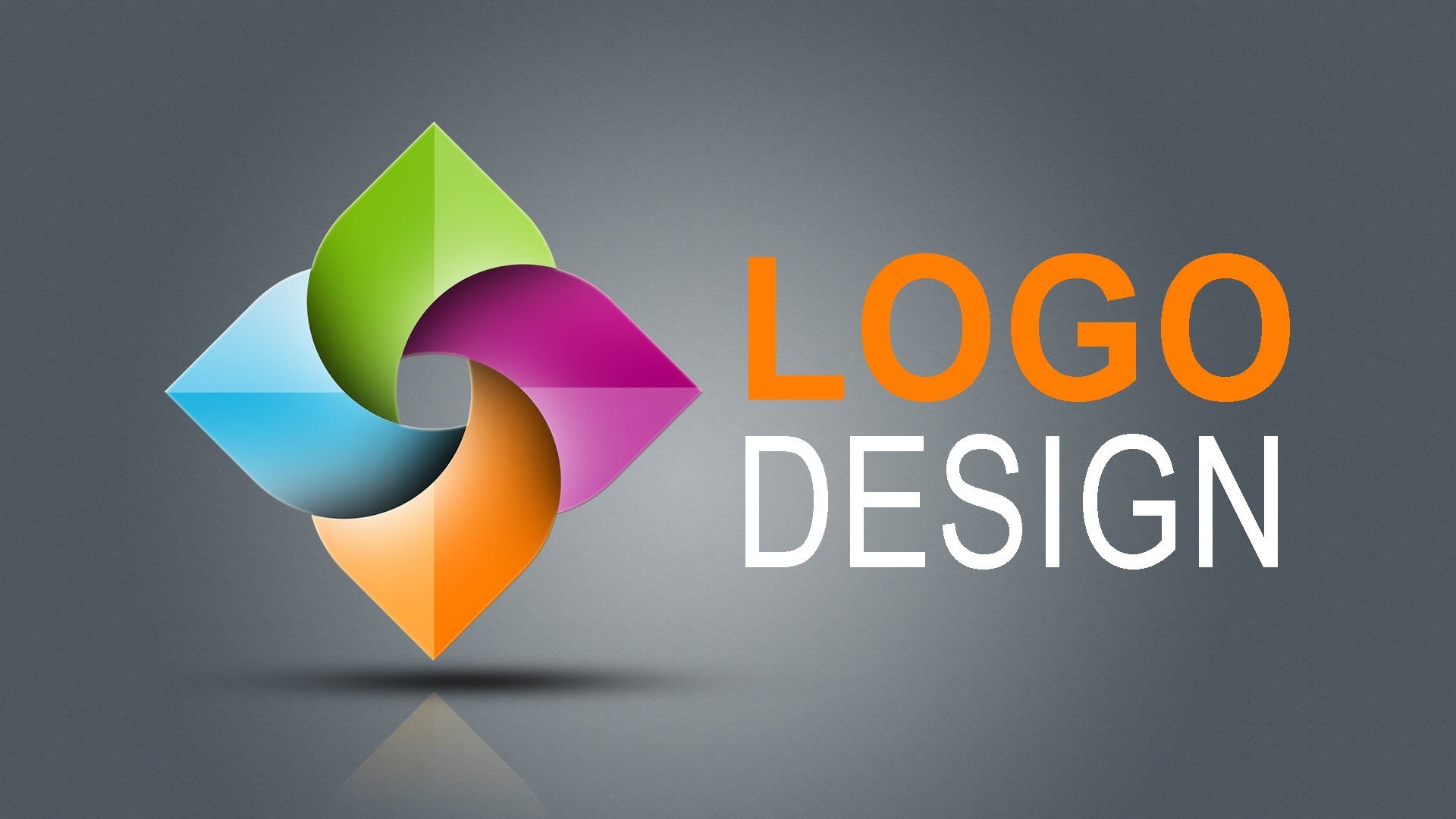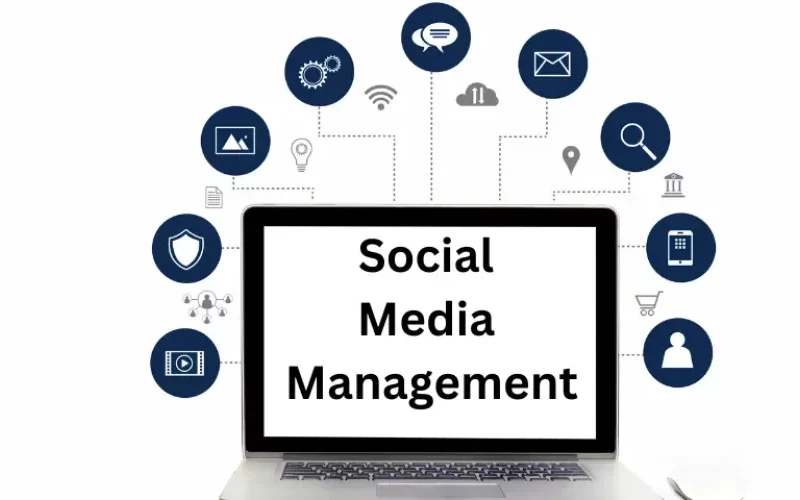A logo is more than just a symbol; it’s the visual representation of a brand’s identity. A well-designed logo can evoke emotions, inspire loyalty, and leave a lasting impression.
Key Elements of a Strong Logo Design
- Simplicity: A good logo is simple and easy to remember. Avoid clutter and unnecessary details.
- Memorability: A memorable logo stands out from the competition and sticks in the minds of consumers.
- Relevance: The logo should be relevant to the brand’s message and target audience.
- Timelessness: A timeless logo can withstand the test of time and remain relevant for years to come.
- Versatility: A good logo should be adaptable to various sizes and formats, from business cards to billboards.
The Logo Design Process
- Brand Analysis: Understanding the brand’s mission, values, and target audience is crucial.
- Brainstorming: Generating ideas and sketching initial concepts.
- Sketching and Concept Development: Refining ideas and creating visual representations.
- Digitalization: Converting sketches into digital format using design software.
- Color Palette Selection: Choosing colors that evoke the desired emotions and align with the brand’s identity.
- Typography: Selecting appropriate fonts to enhance readability and brand personality.
- Feedback and Refinement: Gathering feedback and making necessary adjustments.
- Finalizing the Logo: Preparing the logo in various formats for different applications.
Common Logo Design Styles
- Wordmark Logo: A logo that uses typography to represent the brand name.
- Symbol or Icon Logo: A logo that uses a graphic symbol to represent the brand.
- Combination Logo: A logo that combines a wordmark and a symbol.
- Emblem Logo: A logo enclosed in a specific shape, often a circle or shield.
By following these guidelines and working with a skilled graphic designer, you can create a logo that effectively communicates your brand’s identity and resonates with your target audience.

